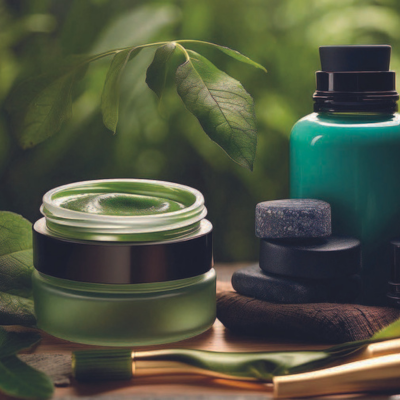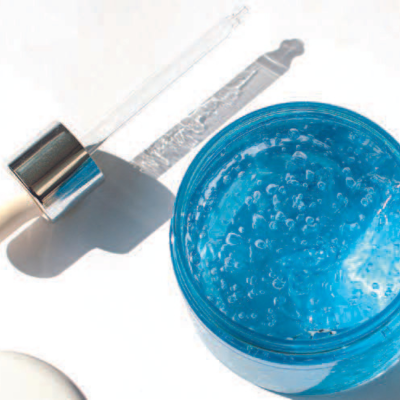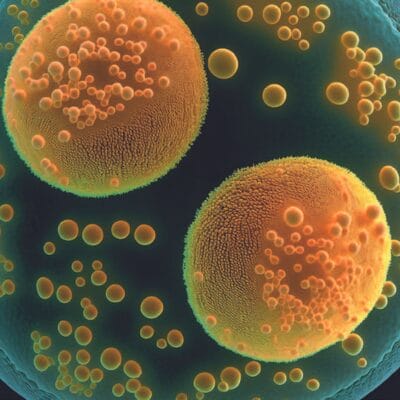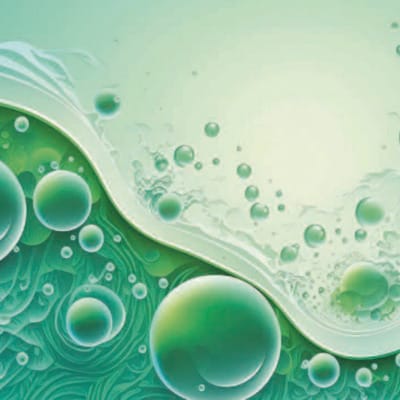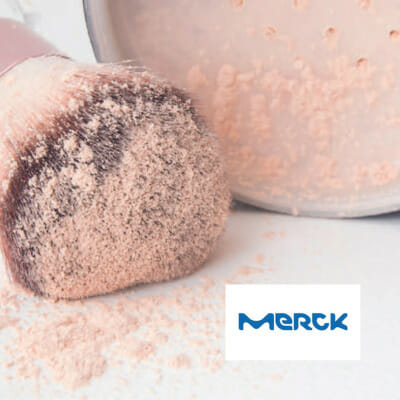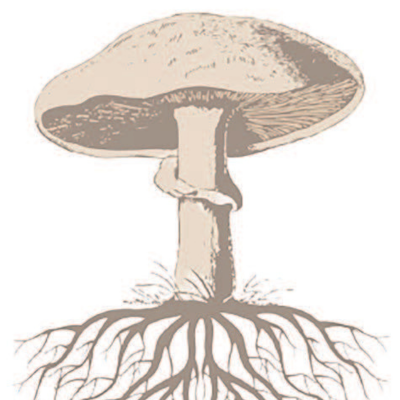Data from China’s National Bureau of Statistics shows that the population of children under 14 in China exceeds 253 million, accounting for 17.95% of the country’s total population. This substantial number of children creates significant demand for children cosmetics, driving continuous growth in the children cosmetics market.
Consumers are increasingly expecting the beauty and personal care products that they purchase to be environmentally responsible.
What is this multi-faceted active ingredient we talk so much about for the skin’s youthful appearance? This natural element of the epidermis sees its stock gradually diminish over time, reaching only 50% of its capital at the age of 50, causing premature ageing of the skin.
Editor’s NoteWe are pleased to present you our new columnSymphony Be-Beauty™, which will now appear every two months. This column...
Abstract Much attention is given to protecting facial skin from damage caused by exposure to sunlight and pollutants. However, we...
In recent years, Earth has been experiencing the repercussions of pollution, exemplified by the thinning of the ozone hole. This phenomenon gives rise to numerous inconveniences, foremost among them being the penetration of UV rays through the atmosphere.
What is skin microbiota?The skin has a barrier function. Advances in science have made it possible to discover that it...
The popularity and extent of sustainable ingredients into the formulator toolbox continues unabated. Many chemists and the brands they support are probing away from use of ethoxylated (ETO) surfactants and additives given the current climate and the stigma assigned to these PEGylated compounds.
The world of fragrances comprises of an immense variety of distinct compounds and infinite possibilities for compositions both man-made and natural. The ingredients of fragrance compositions may be complex mixtures of more or less volatile substances that were extracted from natural sources such as blossoms or leaves.
The idea of “clean beauty” has swept across the cosmetics market, establishing a new paradigm. Messages like “free of harmful ingredients” seems to be now the standard. The focus is entirely on avoiding “suspicious ingredients” when developing cosmetic formulations, and “free-from” claims are commonplace in advertising and on product packaging.
The cosmetic industry has been undergoing a significant transformation in recent years, with a strong emphasis on natural ingredients, ethical production, and individualized products. In light of these changes, packaging has become a crucial aspect of the industry, with topics such as minimalist design, reduced impact, and increased use of biobased materials and a better end-of-life becoming increasingly important.
Shampoos and conditioners are essential part of routine for the hair care. We developed a general hair routine that includes shampoo and conditioner that have a preliminar performance in two types of hair: treated and natural. We evaluated 8 formulations in laboratory test, and we define two routines, to validate with the both users with natural and treated hair in a home test use. We found the routine 1 with a promissory performance and useful bases of formulation to start new projects in hair care.



